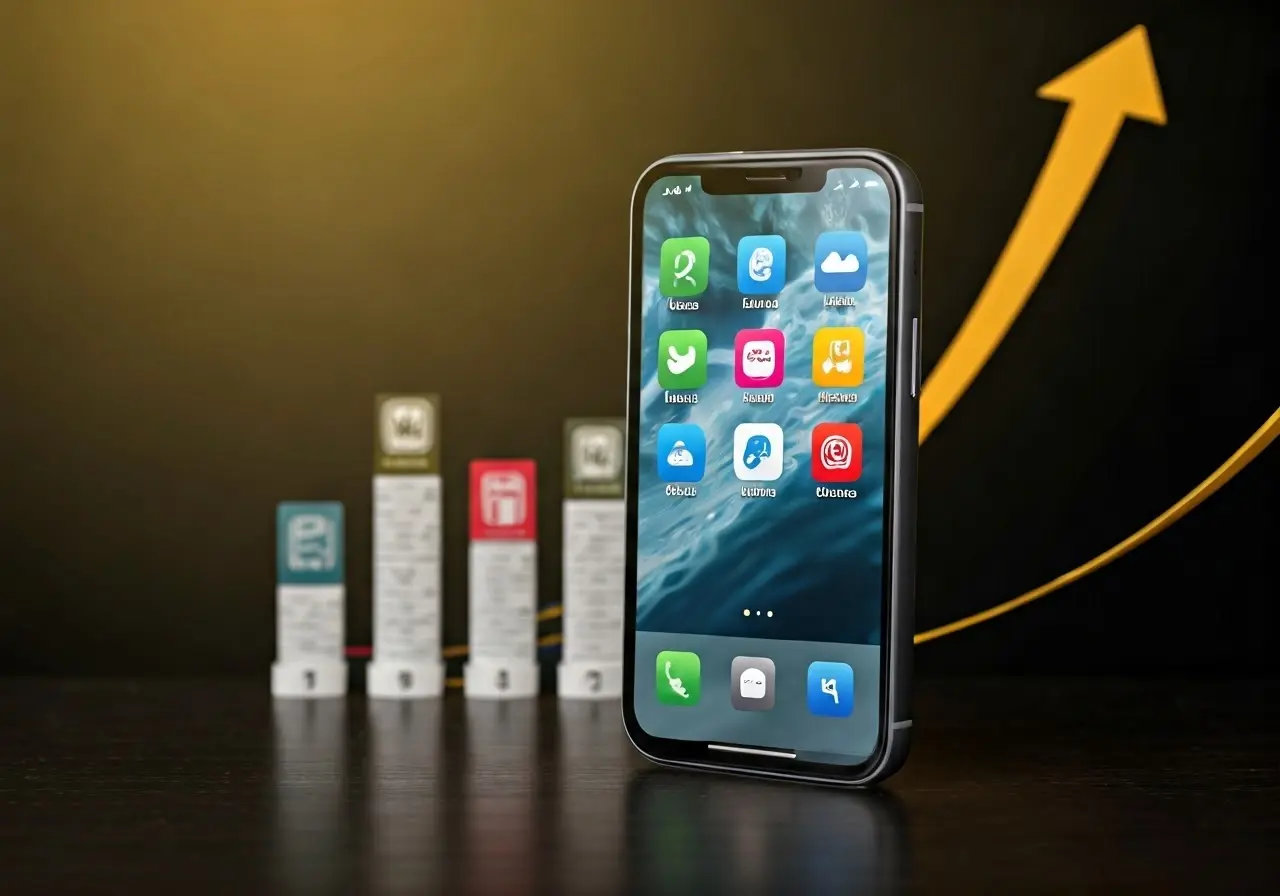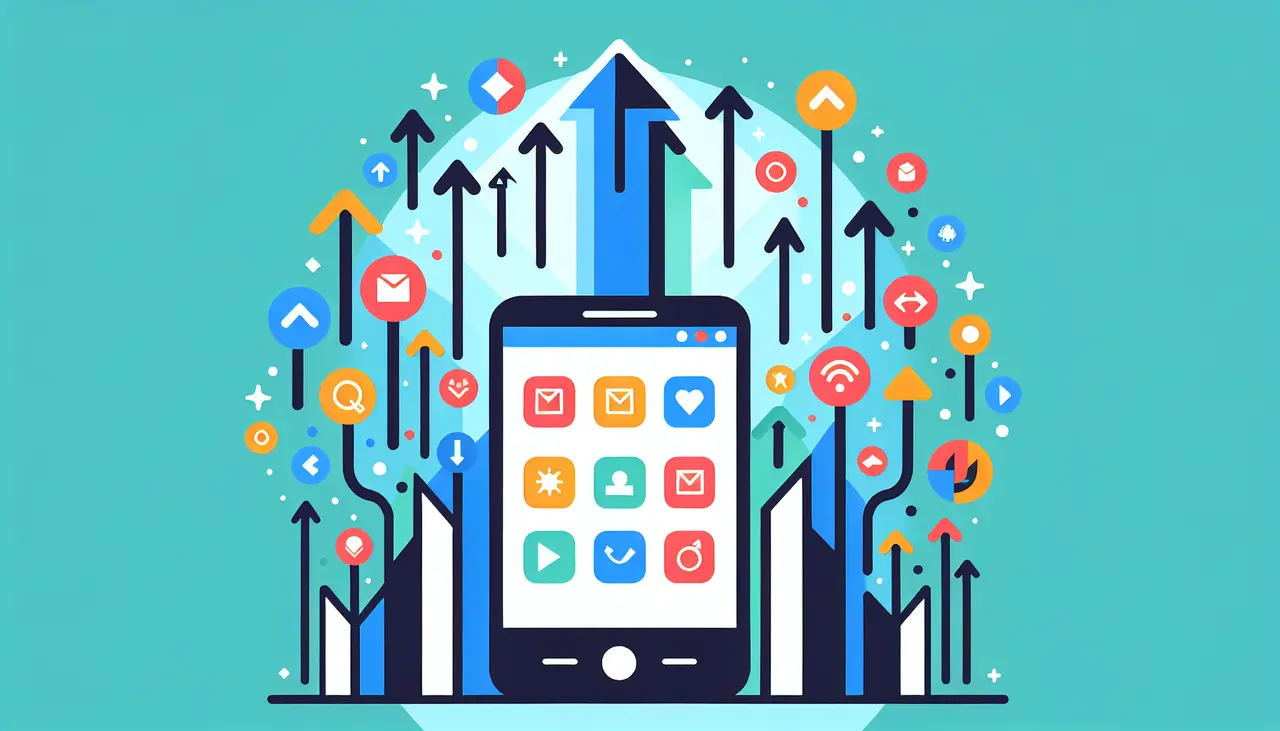8 Strategies for Maximizing Profit from Premium Apps
In the fast-paced world of premium apps, maximizing profit can be a daunting task. Yet, with the right strategies, you can transform your app into a lucrative venture. Whether you’re just starting out or looking to boost your existing revenue, this guide will walk you through effective methods to enhance your profit potential from premium apps.
1. Understanding Your Audience’s Needs
To maximize profit, start by thoroughly understanding your audience. Identify their pain points, preferences, and the features they’re willing to pay for. Extensive market research and feedback collection can guide you in crafting an app that truly resonates with users.
Engage with user communities, conduct surveys, and analyze reviews to dig deeper into your audience’s desires. Crafting detailed user personas can help you visualize the needs and behaviors of different segments, allowing for more targeted app features that drive engagement and satisfaction. Remember, a premium app that effectively solves user problems or enhances their lifestyle can command a premium price.
Furthermore, consider leveraging social media platforms to keep a pulse on what your potential users are discussing. Listen to conversations about app trends and common complaints in your niche. This knowledge will not only refine your app’s offering but also guide your product development, marketing messages, and customer service strategies in the future.
2. Pricing Your App Wisely
Setting the right price is crucial for attracting and retaining users. Consider a pricing model that reflects the value you deliver while remaining competitive. Experiment with different price points and monitor user response to find the optimal price that maximizes profit.
Explore innovative pricing strategies such as tiered pricing, which can cater to different user needs and budgets. This approach not only broadens your app’s appeal but also enhances your ability to upsell higher-value packages to power users. Additionally, by offering introductory pricing or limited-time discounts, you can attract early adopters and create a sense of urgency among potential users.
3. Leveraging In-App Purchases
In-app purchases can significantly contribute to your app’s revenue. Offer users additional features, premium content, or upgrades. Ensure these offers provide real value to users and are seamlessly integrated into the app experience.
When utilizing in-app purchases, transparency plays a key role. Clearly communicate the benefits and cost of each additional purchase to build trust with users. You might consider introducing a system of reward-based incentives, where users can earn credits or virtual currency towards future in-app purchases. This not only enriches the user experience but also encourages continued app engagement, increasing the likelihood of future purchases.
Furthermore, implement strategies such as bundle deals where multiple add-ons or features are offered at a discounted price. This not only offers perceived value but also maximizes revenue per transaction. To truly optimize your in-app purchase strategy, continuously test and analyze user buying behaviors to refine offerings according to user preferences and market trends.
4. Implementing Subscription Models
Subscription models are a reliable way to generate recurring revenue. By offering weekly, monthly, or yearly subscriptions, you can create a consistent income stream. Focus on delivering ongoing value to encourage users to maintain their subscriptions.
Integrating tiers in your subscription model can cater to various user needs. For instance, offer basic, premium, and deluxe packages, each with escalating benefits. This flexibility attracts a broader audience and provides opportunities for upselling as users start experiencing the additional value they receive from higher tiers. Also, consider offering a free trial period to let users experience the full set of features and see the value firsthand before committing financially.
5. Enhancing User Experience
A seamless and enjoyable user experience can lead to higher user retention and satisfaction. Regularly update your app with new features, fix bugs promptly, and ensure smooth navigation. Happy users are more likely to recommend your app and invest in premium offerings.
Listen actively to user feedback to identify areas of improvement within your app’s interface and functionality. Implementing user interface (UI) design best practices, like intuitive navigation and responsive design, can dramatically enhance usability. Moreover, adding personalized experiences through customizable features can create a deeper connection between the user and the app, fostering loyalty and retained usership.
6. Effective Marketing and Promotion
Even the best app needs effective marketing to reach its potential users. Utilize various marketing channels such as social media, influencer partnerships, and paid advertising. Tailor your promotional messages to highlight the unique benefits of your app.
Develop a cross-platform marketing strategy that resonates with your target audience across different channels. Engaging content like blogs, webinars, and tutorial videos showcasing your app’s unique features can capture interest. Leverage App Store Optimization (ASO) to improve your app’s visibility in app stores, increasing both downloads and revenue.
Don’t overlook the power of word-of-mouth marketing, which can be amplified by encouraging satisfied users to share glowing reviews and ratings. Consider implementing a referral program where users gain a reward for bringing new users to your app—this creates organic growth and a community of loyal advocates.
7. Building Strong Customer Relationships
Engage with your users and build strong customer relationships. Provide excellent customer support, respond to feedback, and create a community around your app. Loyal customers tend to spend more and can become advocates for your app.
Regularly interact with users through customer support channels, social media, and forums. This continuous engagement helps in understanding their evolving needs and expectations. Positively handling negative feedback can transform dissatisfied users into loyal customers and show potential users your commitment to delivering a stellar experience. Consider hosting community events, webinars, or online meetups, enabling users to connect and share experiences.
8. Utilizing Data Analytics
Data analytics can offer valuable insights into user behavior and app performance. Use analytics tools to track key metrics, identify trends, and make informed decisions. By understanding what works and what doesn’t, you can make adjustments to maximize profitability.
Set up analytics dashboards to visualize complex data easily and comprehensively. Key performance indicators (KPIs) such as user acquisition cost, lifetime value, retention rates, and conversion rates are critical to measuring success and guiding decision-making. Employ A/B testing to analyze how different app features and designs impact user engagement and revenue. With this data, continuously refine the app experience to better meet user expectations and enhance profitability.










